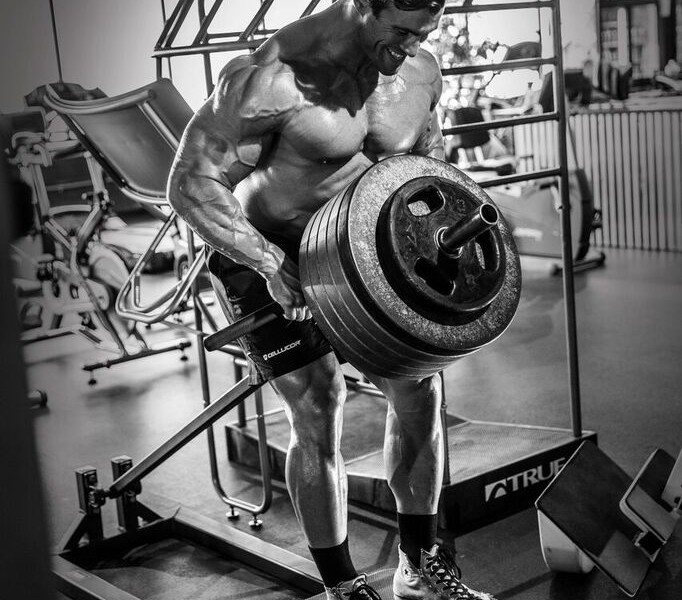

The most exciting addition to the IFBB in recent times has been Cedric McMillan, who at 6’2” and 270 pounds is something of a throwback to the more classical physiques of decades past. When he turned pro at the ’09 NPC Nationals, none other than eight-time Mr. Olympia Lee Haney declared that the full-time U.S. Army soldier and father of four was destined to earn his own Sandow trophy one day. Many are in agreement—the man they call “Big Mac” is just that good, blending mass, shape and the kind of tiny waist you rarely see anymore, especially on a man so big.
It’s to Cedric’s credit that his physique is so balanced and proportionate that no bodypart really stands out. Still, one area I have seen significant improvement in already over the course of his brief pro career is his back. Several techniques McMillan employs in his back training are definitely worth looking at—and implementing—for anyone seeking better back development.
Strict and explosive—the best of both worlds. Should your reps be done slowly and strictly with a pronounced pause and squeeze at the point of contraction, or should you instead perform them with a ballistic, pistonlike tempo and more relaxed form? Who said you have to choose? For that matter, who said that you can’t do both in one set? That’s what Cedric does. For example, if a set of lat pulldowns is going to consist of 12 reps, he does the first six slowly and with strict form, maintaining a perfectly upright position. The second half of the set he performs more explosively and with a slight backward lean. The technique isn’t completely original—switching to looser form once you can’t get the reps out strictly has been around for decades, a method of doing forced reps—but so what? Have you tried it?
Change grips often. The back is the most complex muscle group in terms of the number of muscles involved and the angles of pull they can and should be trained through. It’s also beneficial to use various hand positions to stimulate them from slightly different directions. On an exercise like seated cable rows, one might alternate using a V-bar, a straight bar and two D-ring handles independently attached from workout to workout. As with the rep style, Cedric goes against the grain. Instead of alternating the moves from workout to workout, he often manages to include them all in one workout. He will do one set with the V-bar, swap that out for a straight bar for the second set and finish the exercise off with a third set using the two D-rings. Have you ever done that? I’m guessing, probably not. Try it next time you work your back!
No Smith says who? Barbell rows must be done with a barbell—so sayeth who? Cedric got to a point where he simply wasn’t feeling the right type of stimulation in his lats from barbell rows anymore. After he switched to doing them on a Smith machine, the problem was immediately solved. He still does barbell rows, but he finds that mixing in the Smith-machine variation has given him the results he was looking for.
Partial to partial deads. Most bodybuilders do deadlifts, and the majority pull the weight from the floor. That’s how Ronnie and Johnnie Jackson do them, and they built two of the best backs the sport has ever seen. A lot of guys, though, find that their legs are doing most of the work in that initial pull off the floor, and it also puts their lower back at a precarious risk for injury once the plates stack up on the bar. Cedric decided to try doing his deads in a power rack with the pins set at midshin level. He felt his back working harder overall with minimal leg involvement and a far greater safety level. Also, though most guys like to rip the bar off the ground as quickly as possible, Cedric does his reps slowly and feels his back working every inch of the rep.
—Ron Harris
Editor’s note: Ron Harris is the author of Real Bodybuilding—Muscle Truth From 25 Years In the Trenches, available at www.RonHarrisMuscle.com.






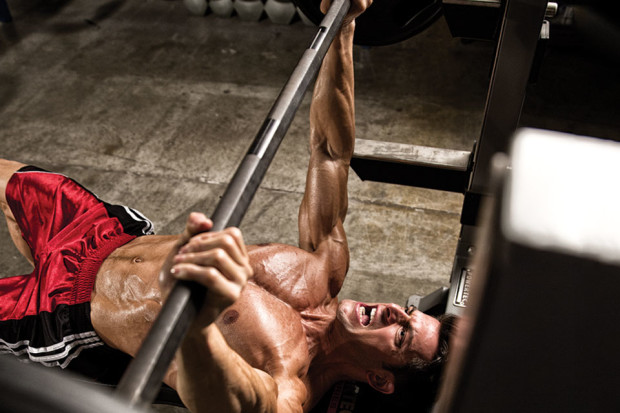
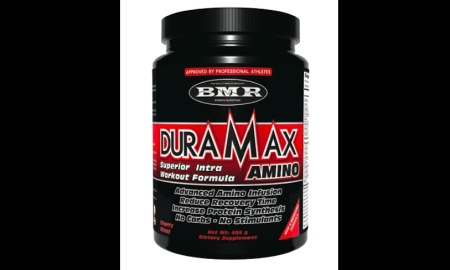










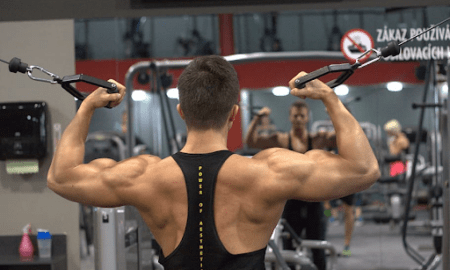
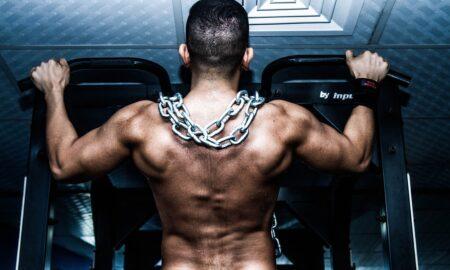

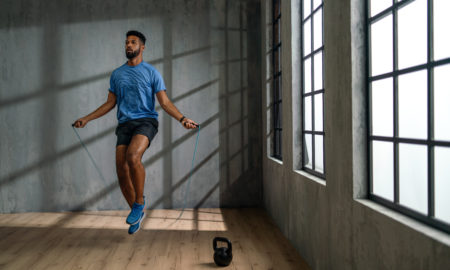
You must be logged in to post a comment Login